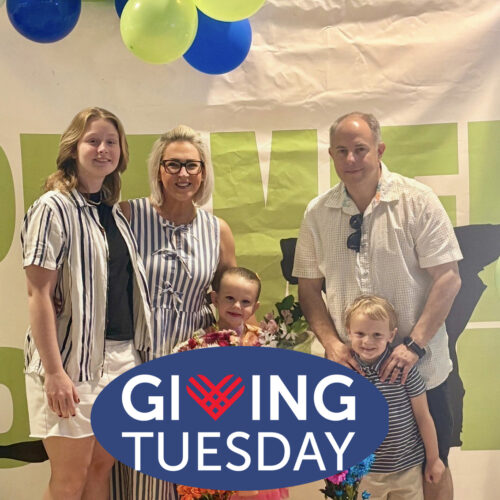
Cancer cases in men are expected to increase by 84% by 2050, rising from 10.3 million to 19 million. Cancer deaths in men are also expected to increase by 93% by 2050, which could translate to about 5 million more deaths per year compared to today.
This study is worth reading. It’s time to learn to listen to your body’s warning signs and treat it like your favorite sportscar, boat, or partner—with concern, care, and upkeep—so you can continue to enjoy the good things.
Pay attention to ‘Your Great’ health like it’s the last 5 seconds of the 🏈game with your team on the 1-yard line.
We can change this statistic!
Now, guys, you need to start getting your health screenings on time and going to the doctor about persistent subtle health changes lasting 2+ weeks—It’s not showing weakness; it takes strength!
Take control of your health with 3 Steps Detect. You will learn how to baseline your health, or, as we like to call it, “Your Great” health, and how to spot early warning signs of health issues. You will also learn how to partner effectively with health providers and take life-saving action.
Learn more about our FREE early cancer detection training.
Cancer increase can be attributed to some of the following controllable factors:
- Obesity, alcohol & tobacco use
Gain control with FREE early cancer detection training. TIMING IS EVERYTHING.
More to read up on, if interested:
- Higher Cancer Mortality in Men: Men have a 69% higher mortality rate from major cancers compared to women, and this disparity is consistent across various types of cancer that affect both sexes equally (White et al., 2010).
- Advanced Stage at Diagnosis: Men are more likely to be diagnosed with advanced-stage cancers, which significantly reduces survival chances. This contributes to the higher cancer mortality rate even when controlling for incidence (Najari et al., 2013).
- Sex Differences in Genetics and Hormones: Biological differences, including the role of sex hormones and genetic variations, contribute to the higher cancer incidence and mortality in men. These differences affect cancer development and the effectiveness of treatments like chemotherapy (Kim et al., 2018).
- Lower Utilization of Health Services: Men are less likely to participate in regular cancer screenings and preventive health services, leading to late-stage diagnoses and higher mortality rates. This trend is especially pronounced among minority and underserved populations (Tucker et al., 2018).






